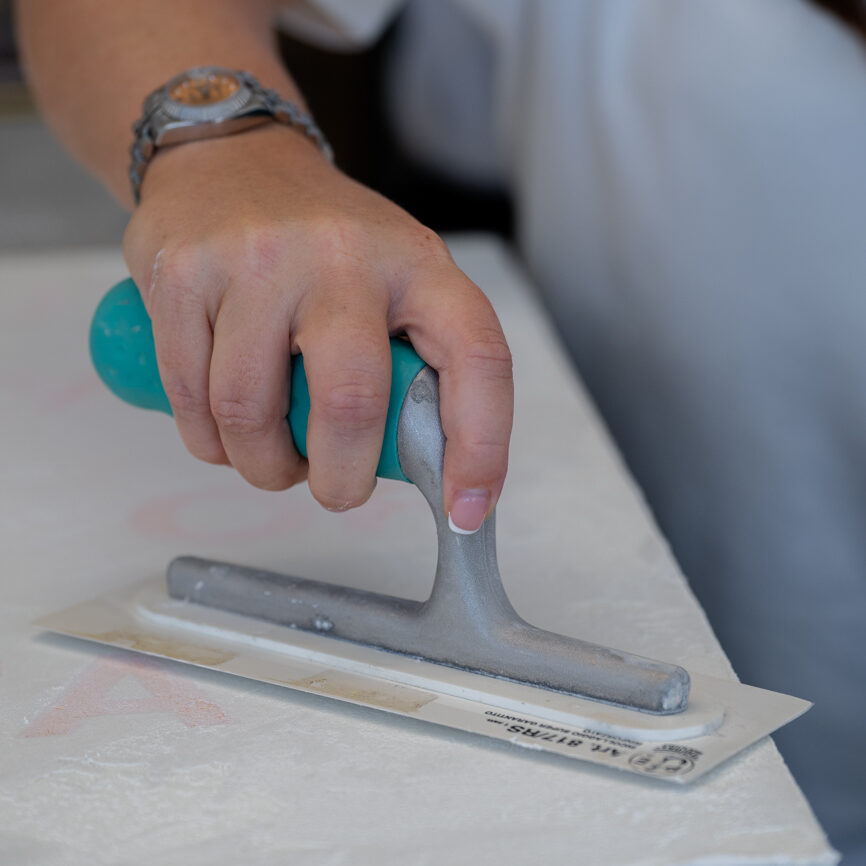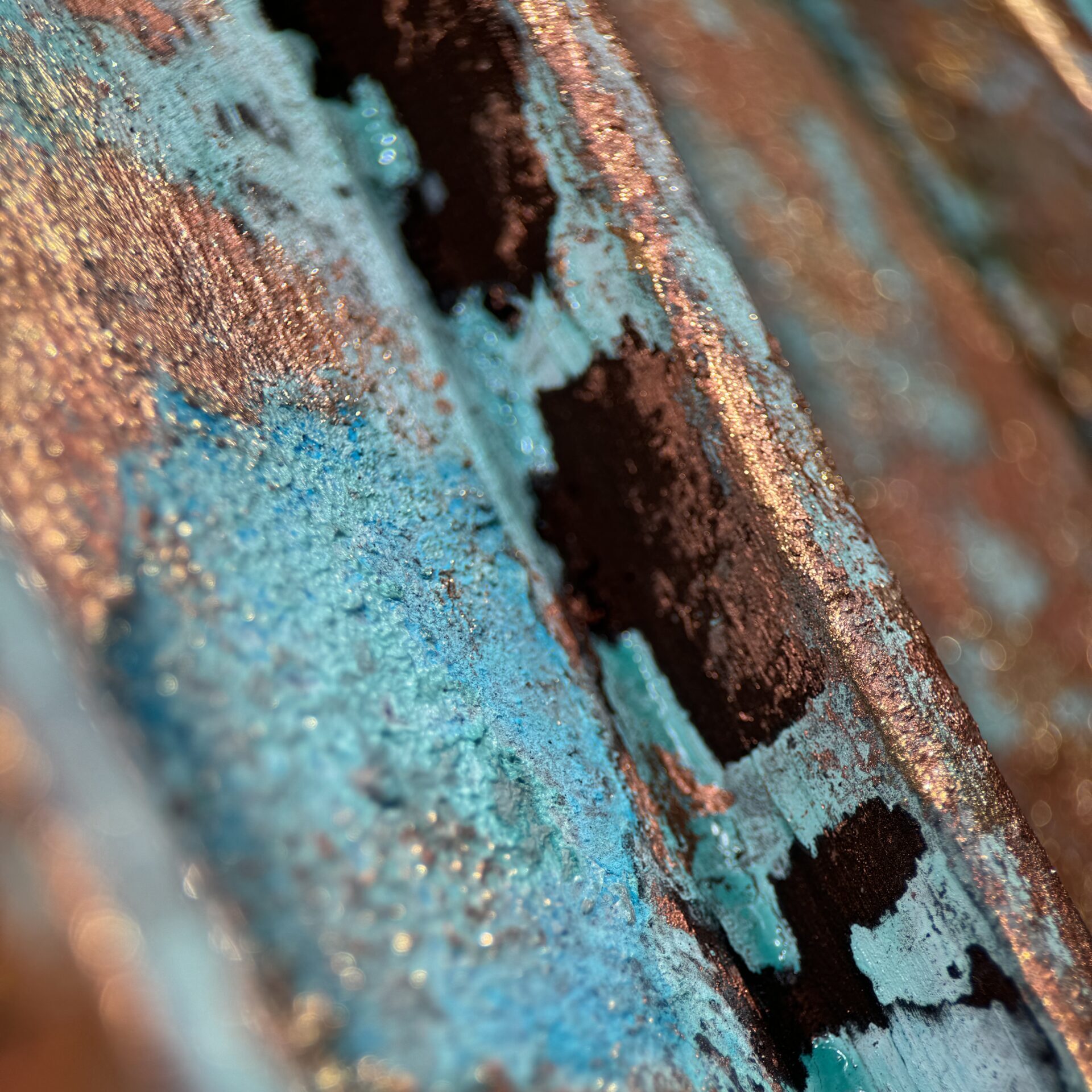
The Timeless Appeal of Venetian Plastering
The Timeless Appeal of Venetian Plastering: A Journey Through Art and Architecture Venetian plastering, an age-old technique that seamlessly blends artistry and craftsmanship, has captivated the imagination of architects and artists for centuries. Originating from the rich cultural tapestry of ancient Venice, this sophisticated method of surface finishing is renowned for its luxurious texture, timeless […]
The Timeless Appeal of Venetian Plastering: A Journey Through Art and Architecture
Venetian plastering, an age-old technique that seamlessly blends artistry and craftsmanship, has captivated the imagination of architects and artists for centuries. Originating from the rich cultural tapestry of ancient Venice, this sophisticated method of surface finishing is renowned for its luxurious texture, timeless beauty, and unparalleled elegance. As we embark on this exploration of Venetian plastering, we will uncover its historical roots, delve into the traditional techniques and materials, and examine its profound influence on both classical and contemporary design. Whether you are a budding artist or an aspiring designer, this journey promises to inspire and ignite your passion for the exquisite world of Venetian plastering.
The History of Venetian Plastering
Origins of Venetian Plastering
The origins of Venetian plastering trace back to ancient Rome, where artisans sought to replicate the opulence of marble on walls. The technique was perfected in Venice during the Renaissance period, where the unique climate demanded durable and mould-resistant materials. By incorporating lime, marble dust, and natural pigments, Venetian plastering achieved not only aesthetic qualities but also practical resilience. The city’s grand palazzos and cathedrals stand as a testament to this art form’s enduring appeal. Artisans developed a mastery over their craft, handing down techniques through generations. This cultural heritage contributed to the plaster’s evolution into a sophisticated decorative finish, integral to Venetian artistry. Today, these origins continue to inspire students of art and design, offering a window into historical craftsmanship. Those interested in a Venetian plastering course can delve deeper into its rich history and learn the techniques that have stood the test of time.
Ancient Techniques and Materials
Ancient techniques of Venetian plastering relied heavily on natural materials and meticulous craftsmanship. The primary ingredient, slaked lime, was mixed with fine marble dust to create a paste that could be applied seamlessly to walls. This mixture was often tinted with natural pigments, resulting in a rich palette of colours that adorned the interiors of Venetian palaces. The application process involved multiple thin layers, each burnished to a high sheen using specialised trowels. This not only enhanced its beauty but also increased its durability. Artisans employed a technique which involved smoothing and compressing the plaster to achieve the desired finish. These methods, passed down through generations, remain integral to modern Venetian plastering courses. By learning these ancient techniques, students can appreciate the skill and artistry that define this timeless craft, bridging the gap between historical tradition and contemporary design.
Venetian Plastering in Art and Architecture
Influence on Renaissance Art
During the Renaissance, Venetian plastering played a pivotal role in the artistic and architectural innovations of the era. This technique allowed for the creation of stunning frescoes and murals that adorned the walls of churches, palaces, and public buildings. The ability to achieve a marble-like finish with plaster provided a cost-effective alternative to actual marble, making it accessible for a wider range of projects. Artists such as Titian and Tintoretto utilised the medium to enhance their works, blending pigments into the plaster to create vibrant, long-lasting colours. The interplay of light on the polished surfaces added depth and dimension to their art, enhancing its visual impact. This influence is evident in the grandeur of Venetian architecture, where plastering techniques contributed to the overall aesthetic harmony. For students pursuing a Venetian plastering course, understanding its influence on Renaissance art offers insight into how traditional methods can inspire contemporary creativity.
Architectural Marvels Through Ages
Venetian plastering’s contribution to architectural marvels spans centuries, reflecting its enduring elegance and versatility. From the opulent palaces of the Renaissance to modern luxury hotels, this technique has been employed to enhance both interior and exterior surfaces. The Palazzo Ducale in Venice, with its intricate plasterwork, showcases how artisans used this skill to complement intricate architectural designs. In contemporary settings, Venetian plastering continues to be a favoured choice for its aesthetic appeal and durability. Its ability to mimic marble and other natural stones offers designers a sustainable and cost-effective alternative. Students engaging in a Venetian plastering course can explore these architectural wonders, gaining an appreciation for how the medium adapts to various styles and eras. By understanding the historical significance and modern applications of Venetian plastering, aspiring designers can draw inspiration to innovate and contribute to the legacy of architectural excellence.
The Influence of Venetian Plastering on Modern Design
Evolution of Materials and Methods
The evolution of Venetian plastering materials and methods reflects an ongoing dialogue between tradition and innovation. Historically reliant on slaked lime and marble dust, modern adaptations incorporate acrylics and resins to enhance flexibility and durability. These advancements allow Venetian plaster to be applied in a wider range of environments, including high-humidity areas where traditional materials might falter. Techniques have also evolved; while classic methods like ‘spalmatore’ remain foundational, contemporary artisans experiment with new tools and applications to achieve diverse textures and finishes. This evolution broadens the appeal of Venetian plastering, making it a versatile choice for modern design projects. For students in a Venetian plastering course, exploring these advancements provides insight into how the craft can be adapted to meet current design challenges. By mastering both traditional and modern methods, students can contribute to a vibrant, evolving art form that continues to inspire and influence contemporary aesthetics.
Contemporary Uses in Interior Design
In today’s interior design landscape, Venetian plastering is celebrated for its adaptability and elegance. Its ability to transform a space with texture and depth makes it a favourite among designers seeking to add sophistication to modern environments. The seamless finish of Venetian plaster can be customised with various pigments and techniques to suit diverse aesthetic preferences, from understated elegance to bold statements. It is commonly used to create accent walls, ceilings, and even furniture surfaces, offering a unique touch to residential and commercial spaces alike. Moreover, its natural composition makes it an eco-friendly option, appealing to sustainability-conscious clients. For those pursuing a Venetian plastering course, understanding these contemporary applications underscores the material’s relevance in modern design. By learning how to integrate traditional craftsmanship with innovative design concepts, students can harness the full potential of Venetian plaster to create stunning, personalised interiors.
Preservation and Restoration of Historical Works
Challenges in Restoration
Restoring Venetian plaster in historical buildings presents several challenges that require both skill and sensitivity. One major challenge is matching the original materials and techniques, as many historical plasters were crafted with locally sourced ingredients that are no longer available. Additionally, environmental factors such as moisture, pollution, and temperature fluctuations can cause deterioration, complicating restoration efforts. Preserving the integrity of the original artwork while ensuring long-term stability necessitates a delicate balance. Restoration professionals must also be adept at dealing with structural issues that may have arisen over time, such as settling or cracking. For students interested in a Venetian plastering course with a focus on restoration, understanding these challenges is crucial. They learn to apply traditional methods alongside modern conservation techniques, ensuring that historical works can be preserved for future generations. This knowledge equips them to contribute to the preservation of cultural heritage in a meaningful way.
Techniques for Preserving Legacy
Preserving the legacy of Venetian plastering involves a combination of traditional craftsmanship and modern conservation strategies. Key techniques include careful assessment and documentation of the original plaster, allowing restorers to understand its composition and condition. This is often followed by creating custom mixtures that replicate the original materials as closely as possible. Advanced technologies, such as laser cleaning and non-invasive imaging, can be employed to remove dirt and assess underlying damage without harming the plaster. Additionally, stabilising the structural integrity of the building is crucial to prevent further deterioration. For those studying Venetian plastering courses focused on preservation, mastering these techniques is essential. They learn to respect the historical context while applying innovative solutions to maintain the artwork’s authenticity. By doing so, they play a vital role in ensuring that the beauty and craftsmanship of Venetian plaster endure for future generations to appreciate.
The Timeless Appeal of Venetian Plastering
Inspiring Future Artists
Venetian plastering continues to inspire future artists with its blend of historical significance and aesthetic versatility. For students and aspiring designers, this art form offers a unique opportunity to learn a craft that is both timeless and dynamic. The tactile experience of working with natural materials, combined with the creative freedom to experiment with colors and textures, allows artists to express their vision in distinctive ways. Venetian plastering courses provide a comprehensive understanding of traditional techniques while encouraging innovation and personal style. This blend of past and present equips students with the skills to push artistic boundaries and explore new possibilities in surface design. By embracing the challenges and opportunities of Venetian plastering, future artists can contribute to its legacy, ensuring that this remarkable craft continues to evolve and captivate audiences. Their work not only preserves a rich cultural heritage but also paves the way for new interpretations and applications.
Joining a Venetian Plastering Course
Enrolling in a Venetian plastering course is an excellent step for anyone interested in mastering this timeless craft. These courses offer a comprehensive curriculum that covers both the historical techniques and contemporary applications of Venetian plaster. Students have the opportunity to work hands-on with authentic materials, gaining a deep understanding of their properties and the skills needed to manipulate them effectively. Courses often include detailed lessons on surface preparation, layering, and finishing techniques, ensuring that participants acquire a well-rounded skill set. Additionally, students learn to appreciate the cultural and historical significance of Venetian plastering, providing context that enriches their practical knowledge. Joining such a course also connects students with a community of like-minded individuals, fostering a collaborative environment where ideas and experiences can be shared. This supportive network not only enhances learning but also inspires innovation, encouraging students to explore new applications and creative expressions within the field of surface design.










